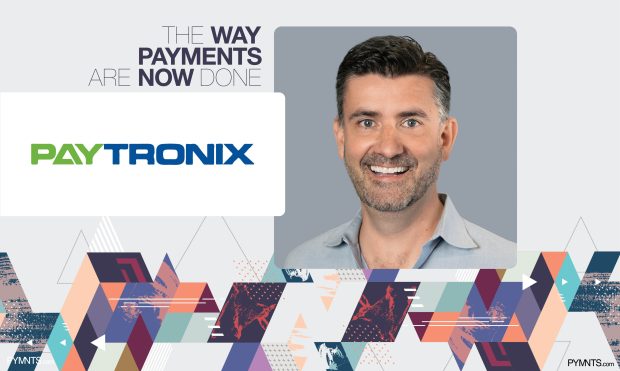Today’s Restaurants Take Cues From eCommerce

During a recent trip to London, I stopped in at a coffee bar, ambled up to the counter, ordered an Americano and reached into my pocket to pay the £2. My action was met with a look that bordered on horror. “Sir, we don’t take cash,” the barista said in her crisp London way.
I immediately pulled out my phone and tapped it. But what I experienced was part of a sea change that happened slowly, then all at once. For years now, we’ve been watching as China switched to a mostly cashless society, with the likes of Alipay and WePay taking over nearly every transaction. We saw Apple and Google put the technology in their phones to make mobile payments easy – but much of the world, especially here in the U.S., remained reluctant to take it up, particularly in restaurants.
We were told that restaurant guests craved that personal interaction. They wanted to order from a server and complete the transaction with a smile. That’s why every restaurant transaction involved “the handoff.” It was that moment when the guest flagged down the server, got the check and handed over a physical payment. It didn’t matter if you dined in a high-end steakhouse or at a QSR – at some point, you handed something to a human and they completed your order. Honestly, it wasn’t all that long ago that American restaurants first started bringing the transactional device to the table instead of taking your credit card to the register. We’re slow to adjust. Then the pandemic changed everything.
Today, a growing number of restaurant transactions happen via the phone. Restaurants that stubbornly remained “cash only” even into 2020 realized that such a position has become impossible since most ordering shifted to digital. In many cases, a restaurant handoff doesn’t involve a human at all – instead, guests scan a QR code or go to a mobile website, order, and then either take the food home or eat in the restaurant dining room.
This digital engagement involves more than just changing the way money gets transferred – it also means we’re learning more about our guests and customers than ever before. We know their dietary preferences, when they come in, when they stop coming in, what drives their purchases, how much they spend with every transaction and millions of other data points.
Payments now has the opportunity to become the center of a loyalty marketing engine that makes the physical restaurant operate more like an eCommerce company, with data optimizing everything along the way. Understanding a person’s dietary needs means a restaurant can offer a dynamic menu. Knowing that a person is likely to come in on Tuesdays at 9 a.m. means that if the person misses a visit or two, they can be enticed back with just the right offer at the right time.
So next time I’m in London, I hope the barista knows how I like my Americano even before I tap that phone on the counter – and not just because I speak with an American accent.
